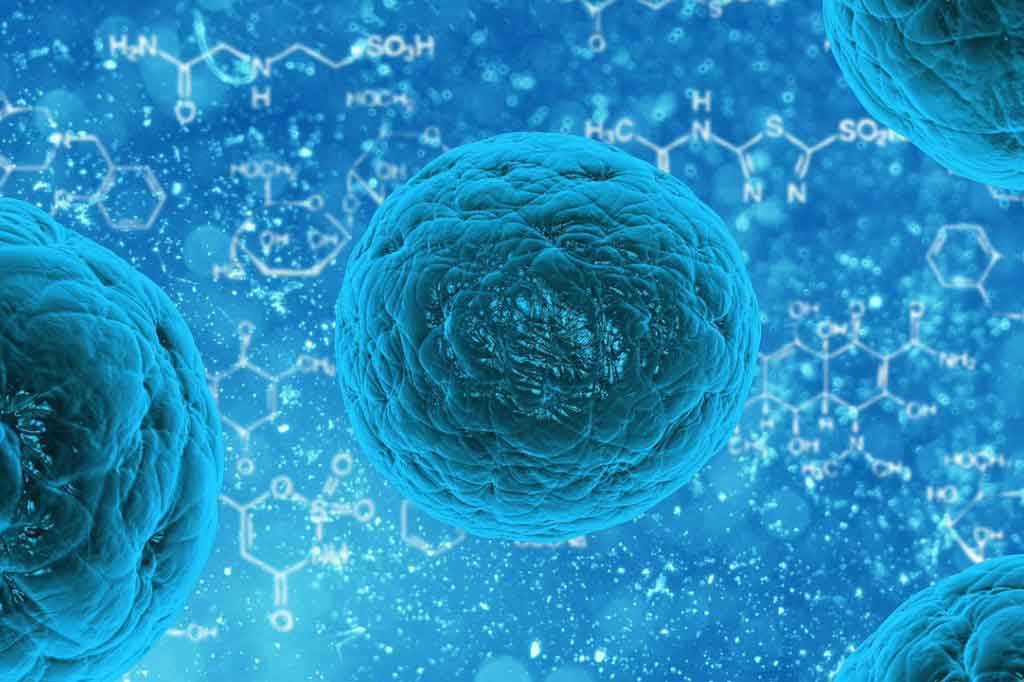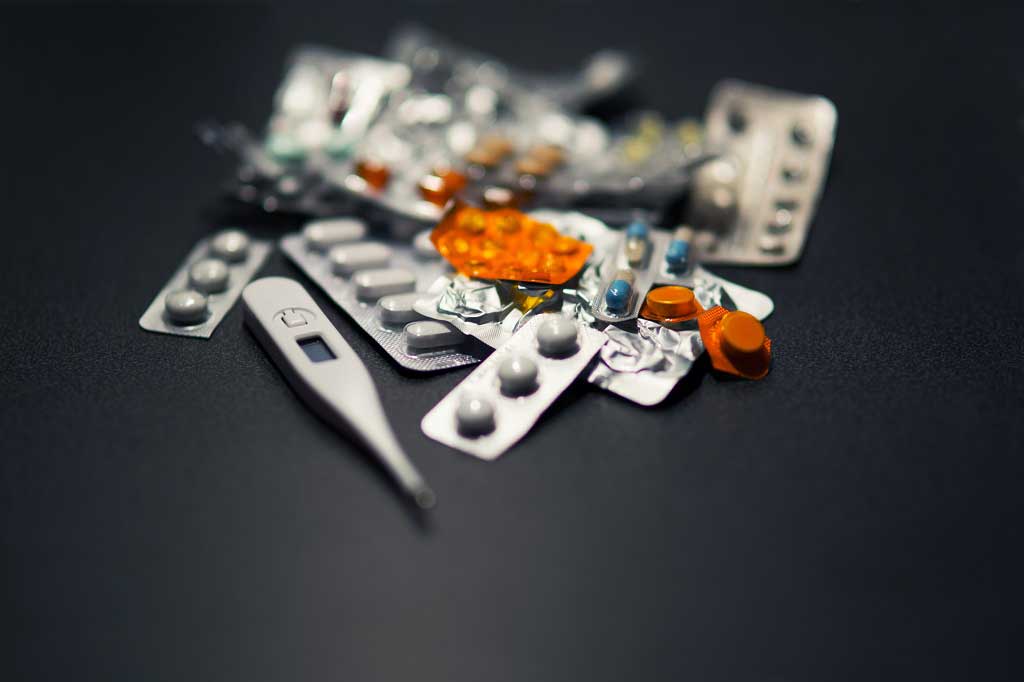Cell reprogramming for diabetes
Genetics and stem cells
“’Cell alchemy’ breakthrough for diabetics could do away with insulin injections”, is the headline in the Daily Mail. The article suggests that scientists have found
“’Cell alchemy’ breakthrough for diabetics could do away with insulin injections”, is the headline in the Daily Mail . The article suggests that scientists have found a way to transform ordinary cells in the body into insulin-producing ones. This, the newspaper says, could “one day banish the need for insulin injections and medications for millions of sufferers”.
This study was conducted in mice, which means it may be quite some time before human sufferers of diabetes can have the cells of their pancreas reprogrammed so that they no longer need to inject insulin. In addition, this story is only relevant to type 1 diabetes – the autoimmune condition usually developed in childhood, where the body’s own insulin producing cells are destroyed. Type 2 diabetes, which is often associated with increasing age and obesity, is caused by a resistance of the body’s cells to the effects of insulin, not absent insulin production. These results in a small sample of mice are promising, but in terms of any application to human disease, they must be considered preliminary.
Where did the story come from?
Dr Qiao Zhou and colleagues from Harvard University and Harvard Medical School carried out this study. One author was supported by a Damon-Runyon Cancer Research Foundation Postdoctoral Fellowship and a Pathway to Independence (PI) Award from the National Institute of Health. Another author was supported in part by the Harvard Stem Cell Institute and the National Institutes of Health. It was published in the peer-reviewed medical journal: Nature .
What kind of scientific study was this?
This study was a laboratory study in mice. The researchers were exploring the application of a technology known as cell reprogramming in which cells of one type are directly converted into different types. There are some examples of this in the literature, for example limb regeneration in amphibians; here, the researchers wanted to explore whether, by inserting certain embryonic genes into adult mouse cells, they could, in effect, ‘reprogram’ them.
The researchers tried to ‘reprogram’ skeletal muscle cells, connective tissue and pancreatic cells to produce insulin. They report that there was no insulin production in muscle cells and connective tissue, so the focus of this report is mainly on their methods and results for pancreatic cells.
The researchers targeted specific pancreatic cells in adult mice. These cells derive from the same area of the pancreas as ?-cells, the cells that make and release insulin in the body. The researchers injected a virus carrying nine embryonic genes into the pancreas of two-month-old adult mice. The virus then ‘infected’ the pancreatic cells and delivered the embryonic genes into the cell. The nine genes are known make proteins called transcription factors that, in this case, interpret DNA and are involved in the development of ?-cells. The researchers hoped that introducing these genes, and therefore the transcription factors, into adult cells would lead to reprogramming of target cells and would convert them to insulin production.
Using a series of complex methods and assessments, the researchers measured the concentration of new insulin-producing cells after the viral injection by taking samples from the pancreas. They also determined which of the nine embryonic genes were crucial in effecting the changes they saw.
The researchers made some normal mice diabetic by using a drug which destroys the ?-cells in a particular region of the pancreas. They then compared the blood sugar levels in diabetic mice that underwent the cell reprogramming procedure with diabetic mice that didn’t undergo cell reprogramming and control normal mice.
To determine the stability of the cell reprogramming, the researchers then monitored the ‘infection status’ of the cells over time. As the cells had to be ‘infected’ with the virus which carried the genes in order to reprogram them, the researchers wanted to see whether it was necessary for cells to be continually exposed to these transcription factors in order to remain insulin-producing.
What were the results of the study?
- The researchers found that one month after viral delivery of the genes there was a ‘modest increase’ in insulin producing cells in the region that the virus infects. These new cells were detected as early as three days after injection and the level increased gradually; by the tenth day after injection, the new cells were producing as much insulin as naturally occurring ?-cells.
- A combination of three genes (i.e. three transcription factors) was able to reprogram pancreatic cells to ?-cells. These ‘induced ?-cells’ were similar to the naturally occurring ?-cells in size, shape and their internal structures.
- In diabetic mice, those who were given a transcription factor had increased glucose tolerance, increased serum insulin and had better blood glucose control than control diabetic mice. They also had a larger number of new ?-cells.
- Reprogramming was stable and a transient exposure to the transcription factors was sufficient to convert the pancreatic cells into ?-cells.
- The induced ?-cells remained ‘disorganised’ and didn’t aggregate into the usual bundles (islets) that work so well in a normal pancreas; this may have inhibited their function.
What interpretations did the researchers draw from these results?
The researchers conclude that their study provides an example of cellular reprogramming of an adult organ using defined transcriptions. This technology doesn’t require the creation of an initial pluripotent cell (i.e. a cell that is capable of forming any tissue of the body).
What does the NHS Knowledge Service make of this study?
Given that this study was carried out in mice, the usual caveats apply to its interpretation for human health. Investigations of new technologies often start with animal studies, but there is usually a long time between success in the lab and success in a population of unhealthy humans. Given the potential applications of this technology (even if they are in the very distant future) for regenerating mammalian tissues or for – as the newspapers suggest – treating diabetics, the findings will be of interest to the scientific community and will undoubtedly lead to more research. There are a few more points to highlight:
- The researchers say that during development of the embryo, ?-cells require many factors to differentiate. The observation that only three transcription factors are sufficient to reprogram adult mouse pancreatic cells into ?-like cells is surprising and according to them “further studies will be necessary to understand” why this is the case.
- They also note that there were only a small number of induced ?-cells and this may explain why the effect was not sufficient to “restore glucose homeostasis”, i.e. to normalise blood glucose. Extrapolating directly to humans from all of these results, this finding suggests that the technology will not induce enough ?-cells to do away entirely with additional treatments such as insulin injections.
- It is difficult to work out how many mice were included in each part of this complex set of experiments. The newspaper suggests that the study was carried out on “a living mouse”. The researchers say that they induced diabetes in six to eight mice but also report that the number of ?-cells was counted and averaged from three animals. Whatever the case, these are very small numbers and confirming the findings in larger samples would increase confidence in the results.
- It is also worth noting that this story is only of relevance to type 1 diabetes – the autoimmune condition usually developed in childhood where the body’s own insulin producing cells are destroyed. The increasingly prevalent condition of type 2 diabetes – often associated with increasing age and obesity – is caused by a resistance of the body’s cells to the effects of insulin, not absent insulin production.
These results in mice – albeit in a small sample of them – are promising but in terms of any application to human disease they must be interpreted in the right context: preliminary results suggesting a potential application of a new and exciting technology.
Sir Muir Gray adds...
An important topic, published in a very reliable journal. Nature is the number one basic science journal, so take this bit of progress seriously.






 Subscribe
Subscribe Ask the doctor
Ask the doctor Rate this article
Rate this article Find products
Find products







